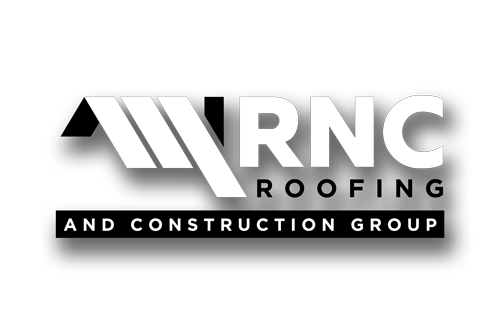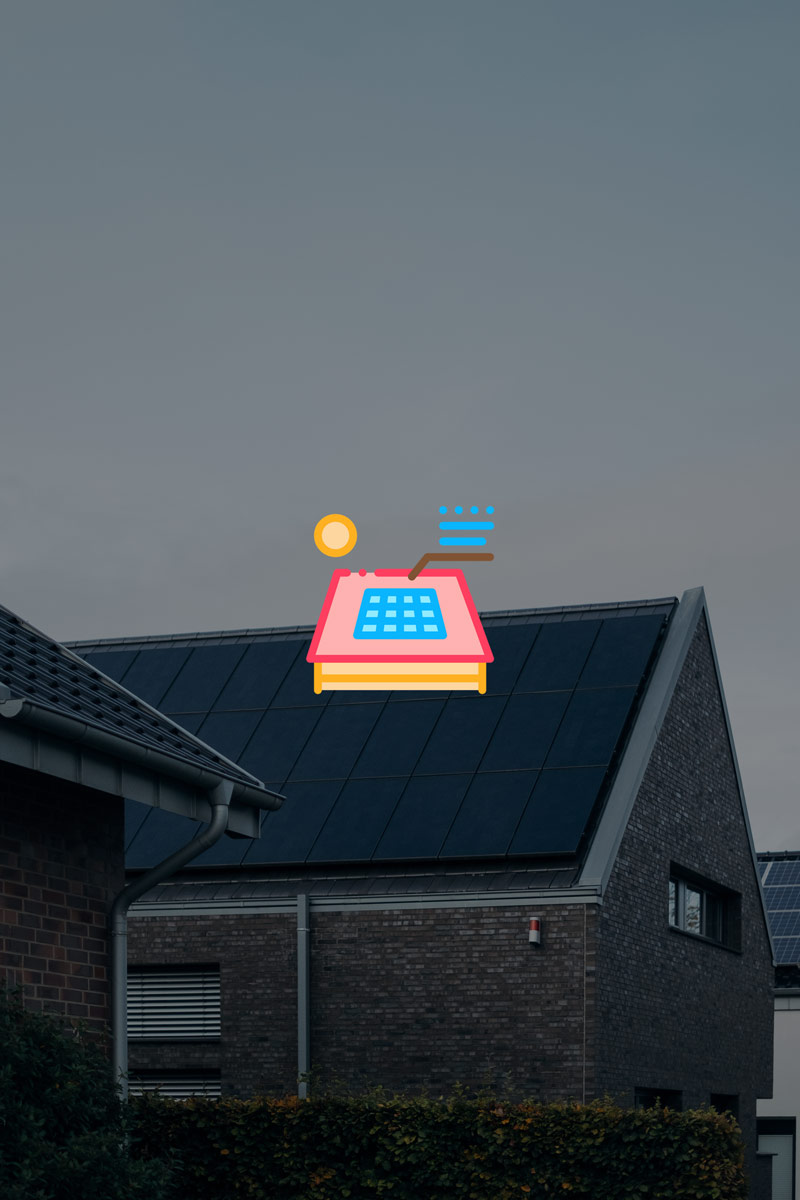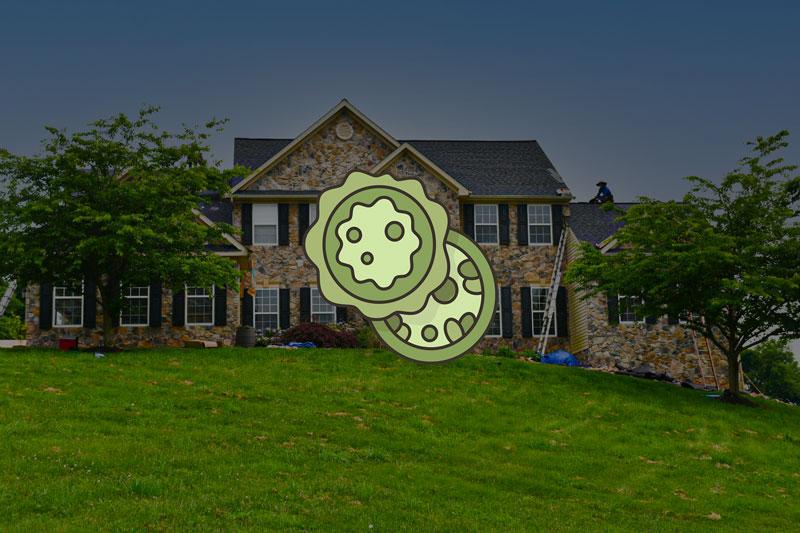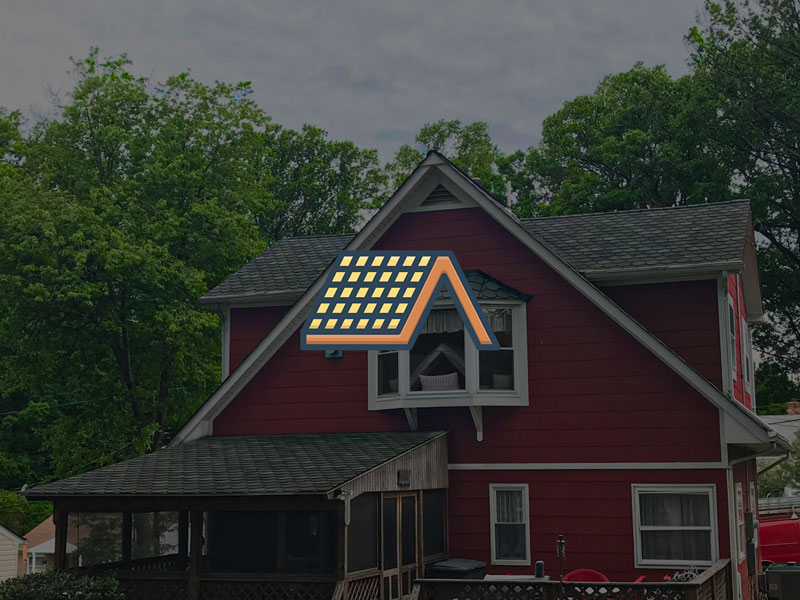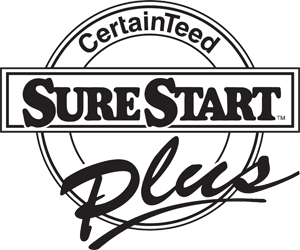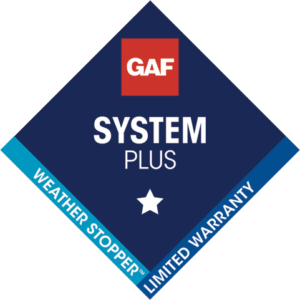Interlocking Asphalt Shingles | Roofing Solutions for Durability
When it comes to safeguarding your home, the choice of roofing materials becomes crucial. Interlocking asphalt shingles, often referred to as interlocking asphalt tiles, are a notable choice due to their exceptional durability and inherent weather resistance. These shingles are engineered to withstand the challenges posed by changing weather conditions, including rain, wind, UV rays, and temperature fluctuations.
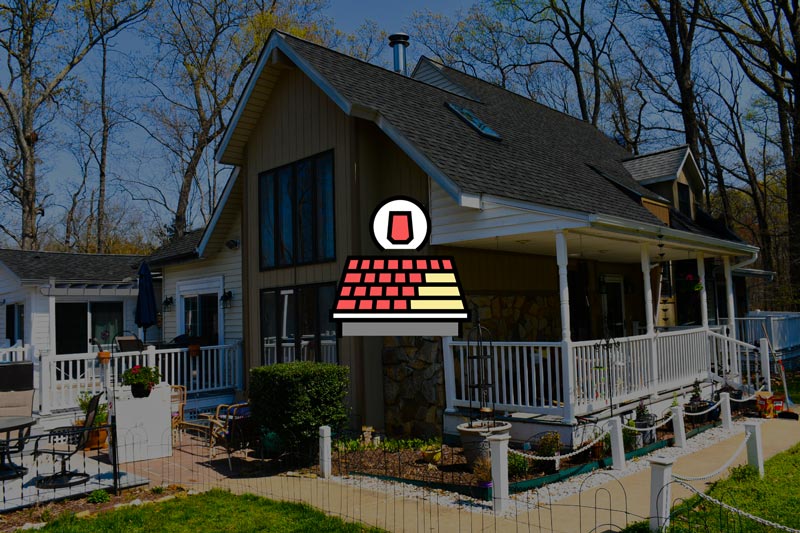
Understanding Interlocking Asphalt Shingles
Composition of Interlocking Asphalt Shingles
Interlocking asphalt shingles, also known as connectable asphalt roofing tiles, are engineered from a combination of essential materials. The primary components include asphalt, a fiberglass mat, mineral granules, and layers of adhesive. This strategic composition contributes to the shingles’ remarkable durability and resilience against external forces.
The Advantages of Asphalt Shingles
Among the various roofing materials available, asphalt shingles stand out for their array of benefits. These shingles offer an optimal balance of qualities that make them a preferred choice for homeowners. Notably, they provide cost-effectiveness, making them a budget-friendly option without compromising on quality. The versatility of asphalt shingles allows them to complement a wide range of architectural styles while offering dependable protection.
Ease of Installation for Effortless Roofs
When considering roofing solutions, the installation process matters significantly. Interlocking asphalt shingles come with the advantage of easy installation. Roofing professionals appreciate their straightforward fitting process, which not only saves time but also minimizes installation-related expenses. Homeowners can trust that these shingles, along with their synonymous counterparts, will be efficiently installed to create a secure and visually appealing roof.

Advantages of Interlocking Design
The Strength of Interlocking Mechanism
The design of interlocking asphalt shingles is ingeniously engineered to reinforce the overall roof structure. The interlocking mechanism, sometimes referred to as connectable design, ensures a secure and snug fit between adjacent shingles. This interconnection creates a unified surface that enhances the roof’s integrity, effectively withstanding external pressures.
A Barrier Against the Elements
When it comes to safeguarding your home against the elements, the interlocking design plays a pivotal role. These shingles, and their synonymous alternatives, establish a formidable defense against adverse weather conditions. The snug interlocking not only prevents water infiltration through the seams but also guards against wind uplift, which is especially crucial in areas prone to storms and heavy winds.
Comprehensive Protection for Your Home
The significance of the interlocking design extends beyond its structural benefits. The prevention of water penetration and wind-driven damage translates to prolonged durability and longevity for your roofing system. This innovation, coupled with the inherent qualities of asphalt, ensures that your home remains protected from potential water leaks and structural compromise, ultimately contributing to a secure and comfortable living environment.
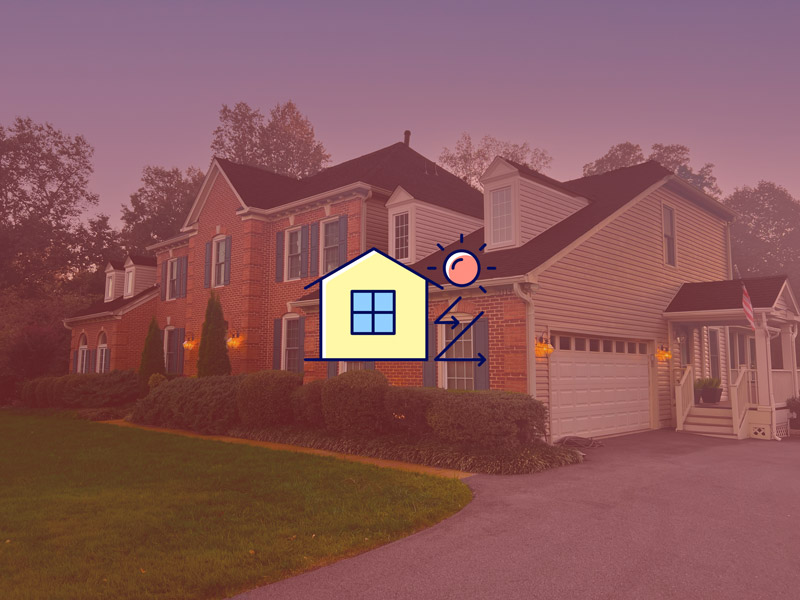
Benefits of Asphalt Material
Durability and Longevity in Challenging Conditions
When it comes to roofing materials, interlocking asphalt shingles are a clear standout. Their robust composition and inherent properties grant them impressive durability and longevity. Thanks to their resistance to elements such as UV rays, heat, and impacts, these shingles maintain their structural integrity even in the face of challenging conditions. This reliability ensures that your roof remains steadfast over time, requiring minimal maintenance.
Reflective Asphalt Shingles: Enhancing Energy Efficiency
An often overlooked but vital aspect of asphalt shingles is their potential to enhance energy efficiency in your home. Reflective asphalt shingles, sometimes known as energy-efficient asphalt shingles, boast a reflective surface that minimizes the absorption of solar heat. By reflecting a significant portion of the sun’s rays, these shingles contribute to a cooler indoor environment, reducing the strain on your cooling systems during hot weather. This translates to potential savings on energy bills and a smaller carbon footprint.

Installation Process of Interlocking Asphalt Shingles
Step-by-Step Installation Guide
Installing interlocking asphalt shingles is a systematic process that ensures a sturdy and aesthetically pleasing roofing outcome. Here’s a breakdown of the installation procedure, from initial preparation to achieving a seamless finish:
Preparation
Begin by preparing the roof surface. Ensure it is clean, dry, and free from any debris. This step forms the foundation for a successful installation.
Underlayment
Lay down an appropriate underlayment, such as roofing felt, to provide an additional barrier against moisture and create a smooth surface for the shingles.
Starter Shingle Placement
Position starter shingles along the eaves to create a secure base for the interlocking asphalt shingles. These starter shingles help prevent wind uplift and water infiltration.
Interlocking Rows
Start laying the interlocking asphalt shingles in rows, carefully aligning them to maintain a consistent appearance. The interlocking design facilitates a snug fit between shingles, enhancing the roof’s integrity.
Precision in Installation Techniques
The proper installation of interlocking asphalt shingles requires attention to detail and adherence to specific techniques:
- Nailing Techniques
Ensure each shingle is securely fastened with nails in the designated nailing area. Avoid overdriving or underdriving the nails to prevent damaging the shingles or compromising their integrity.
- Alignment
Maintain precise alignment throughout the installation process. This not only enhances the visual appeal but also contributes to a watertight roofing system.
- Consistent Exposure
Maintain a consistent exposure measurement between shingle rows. This uniformity creates a professional appearance while optimizing the shingles’ protective capabilities.
A meticulous installation, guided by these steps and techniques, results in a roof that stands resilient against the elements and adds to the curb appeal of your home.
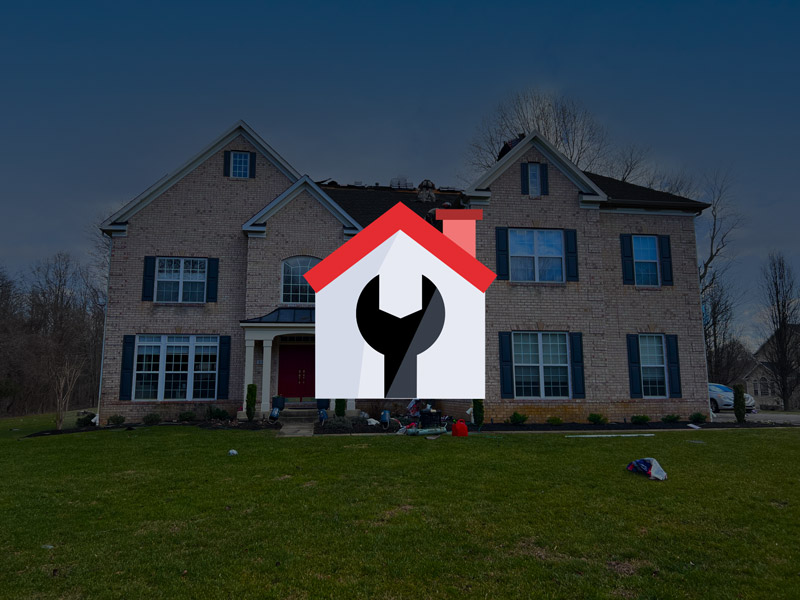
Maintenance and Longevity
Extending the Lifespan
To ensure the lasting performance of interlocking asphalt shingles, regular maintenance practices are essential. By following these guidelines, you can extend the lifespan of your roofing investment:
- Routine Inspections
Conduct visual inspections at least twice a year, ideally in the spring and fall. Look for signs of wear, damage, or debris accumulation on the shingles and in the gutters.
- Addressing Algae Growth
Algae growth, often seen as dark streaks or discoloration, can mar the appearance of your roof. Use a mixture of water and mild detergent to gently clean affected areas, being cautious not to damage the shingles.
Prompt Repairs for Optimal Protection
Timely addressing potential issues is key to maintaining the integrity of your roof:
- Tackling Damaged Shingles
If you notice cracked, curled, or missing shingles, replace them promptly to prevent water infiltration and further damage.
- Importance of Immediate Repairs
Don’t delay repairs. Promptly address any issues to prevent minor problems from escalating into major structural concerns.
- Expert Assistance
While routine maintenance can be done by homeowners, engaging professional roofing contractors for comprehensive inspections is recommended. These experts can identify hidden issues and provide expert solutions to ensure the longevity of your interlocking asphalt shingles.
View More Articles
Please Share!
